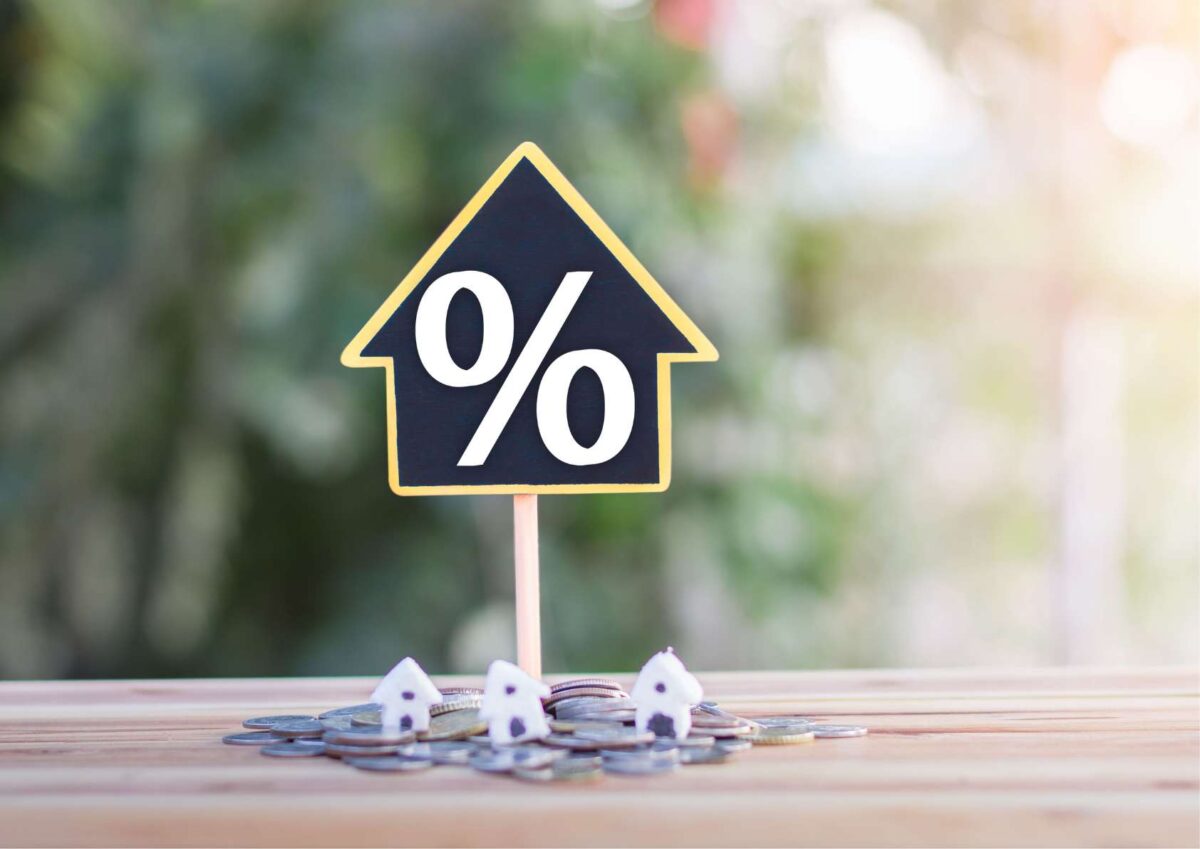In today’s ever-evolving housing market, one question continues to pop up for buyers, sellers, and industry pros alike: What’s really driving today’s real estate prices? From coast to coast, home values seem unpredictable—soaring in some regions, stabilizing in others, and surprising just about everyone. Understanding the key factors behind these price shifts is essential for making informed decisions. In this blog, we’ll break down the primary forces behind today’s housing costs, explore economic and social trends influencing the market, and explain what buyers and sellers should keep in mind moving forward.
Supply and Demand: The Classic Price Driver
One of the biggest contributors to real estate prices today is still the fundamental rule of supply and demand. Simply put, when there are more people looking for homes than there are homes available, prices go up. Over the past several years, the U.S. has faced a significant housing shortage, especially in growing urban and suburban areas. New construction hasn’t kept pace with population growth, and many current homeowners are choosing to stay put, limiting resale inventory.
This imbalance is particularly pronounced in desirable regions with job growth, good schools, and vibrant communities. Even as mortgage rates rise, limited supply continues to prop up home values in these areas.
Mortgage Rates and Affordability Challenges
Mortgage rates have seen dramatic shifts over the past few years, with rates doubling since the historically low levels of 2020 and 2021. These increases directly impact affordability and thus play a major role in today’s real estate prices.
When rates are low, more buyers can afford larger loans, which fuels competition and drives up prices. But when rates climb—as they have recently—buyers may pull back or reduce their budgets. This creates pressure for sellers to price their homes more competitively, leading to pockets of price stabilization or even slight declines in some regions. However, in high-demand areas with limited inventory, prices may remain firm despite higher borrowing costs.
Inflation and Construction Costs
Another key influence on today’s real estate prices is inflation, especially when it comes to construction and renovation costs. Building a home is more expensive than it was just a few years ago due to increases in the cost of materials, labor shortages, and permitting fees.
These added costs mean that new homes often come with higher price tags, which in turn pushes up the value of existing homes in similar areas. Developers are less likely to build entry-level homes when profit margins are thin, which adds further pressure to the lower end of the market.
Buyer Psychology and Media Influence
Perception plays a surprising role in what drives real estate prices. When headlines suggest a hot market or rising values, it can prompt a fear of missing out (FOMO), which leads to more aggressive bidding. On the flip side, negative economic news or talk of a “bubble” may make buyers hesitant, even when conditions are favorable.
Additionally, remote work trends and lifestyle shifts, such as a desire for more space or flexible living, have changed where and how people buy. These evolving preferences have led to unexpected demand in once-overlooked markets, boosting prices in rural and mid-size metro areas that offer better affordability and lifestyle benefits.
Local Markets Tell Unique Stories
It’s important to note that while national trends help paint a broad picture, real estate is always local. Factors like regional job growth, tax policies, climate events, and infrastructure development can all affect today’s real estate prices in specific markets.
For instance, areas with booming tech industries or strong healthcare systems may see sustained price increases, while others impacted by job loss or population decline may experience stagnation or even falling home values. Understanding local dynamics is crucial for anyone looking to buy or sell in today’s market.
Final Thoughts
So, what’s really driving today’s real estate prices? It’s a combination of time-tested economics, shifting consumer behavior, and evolving regional dynamics. Whether you’re considering a move, investing in property, or simply keeping tabs on the market, staying informed about these trends can help you navigate the housing landscape with confidence.






